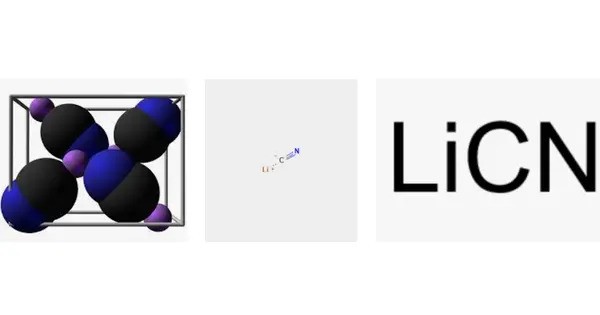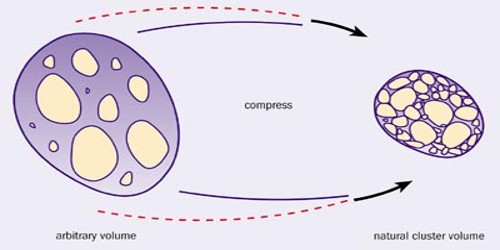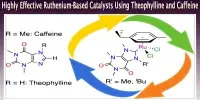Lithium cyanide is an inorganic compound with the chemical formula LiCN. It is a toxic, white coloured, hygroscopic, water-soluble salt that finds only niche uses. It is primarily used in organic synthesis and as a catalyst in some chemical reactions. It can also be used in the preparation of other chemical compounds.
Cyanide compounds in general, including lithium cyanide, are toxic if ingested or inhaled. They should be handled with care, and proper safety protocols should be followed when working with them.
Properties
Lithium cyanide is a white crystalline solid. It is soluble in water. It typically odorless.
- Chemical formula: LiCN
- Molar mass: 32.959 g/mol
- Appearance: White Powder
- Density: 1.073 g/cm3 (18 °C)
- Melting point: 160 °C (320 °F; 433 K) Dark coloured
- Boiling point: decomposes
- Solubility in water: Soluble
Preparation
LiCN is produced from the reaction of lithium hydroxide and hydrogen cyanide. A laboratory-scale preparation uses acetone cyanohydrin as a surrogate for HCN:
(CH3)2C(OH)CN + LiH → (CH3)2CO + LiCN + H2
Uses
The compound decomposes to cyanamide and carbon when heated to a temperature close to but below 600 °C. Acids react to give hydrogen cyanide.
Lithium cyanide can be used as a reagent for organic compound cyanation.
RX + LiCN → RCN + LiX
Lithium cyanide should be stored in tightly sealed containers in a cool, dry place, away from incompatible substances. In summary, it is a chemical compound with specific uses in chemistry and synthesis, but it requires careful handling due to its toxicity.
















